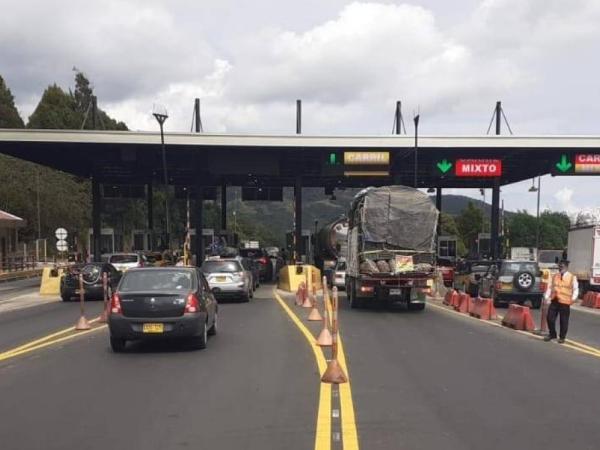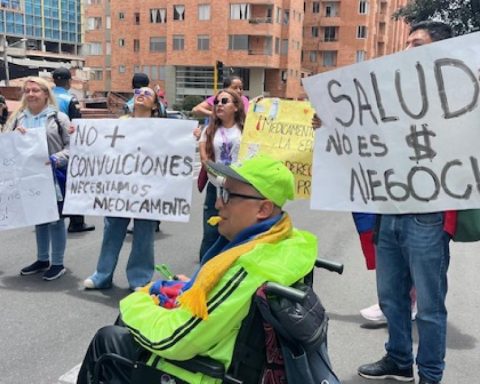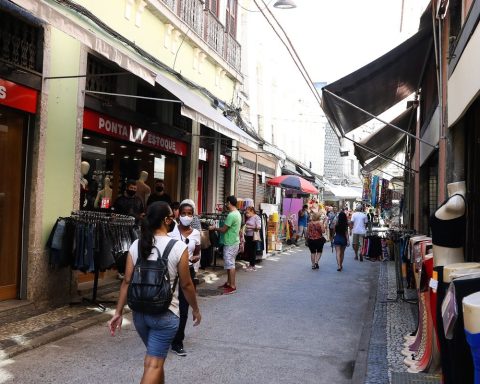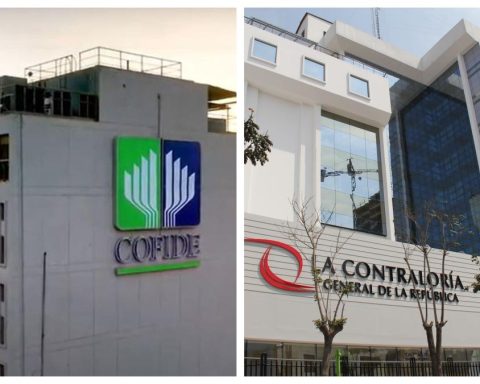On Friday, January 13, 2023, the National Government, through the Ministry of Transportation, revealed that, during this year, toll prices administered by the National Institute of Roads (Invías) and the National Infrastructure Agency (ANI) they will not go up
“There will be no increase in tolls. It is a decision of President Gustavo Petro“, commented Guillermo Reyes, the Minister of Transportation.
(See: Toll rates will not rise in 2023, reported the Government).
And this Saturday, January 14, it was announced the draft of the decree which formalizes the non-increase in toll prices.
It is worth remembering that the ANI has 113 tolls and the Invías 30.
According to the draft of the document, the measure not to increase the price of tolls will come into force as soon as the decree is made official and will go until December 31, 2023.
(See: What are you exposed to if you don’t pay a toll: is it possible not to?).
“No type of increase in toll rates will be made to vehicles that transit through the national territory through the toll stations run by Invías and ANI“, says the first article.
Also, it is made clear that if there is any risk or obligation In charge of Invías and ANI, the mechanisms agreed in the corresponding contracts must be applied, if any, for their recognition.
“Notwithstanding the foregoing, the Ministries of Transportation and Finance and Public Credit, together with Invías and ANI, whether or not contractual mechanisms exist, must analyze and implement alternative mechanisms tending to recognize the respective compensations derived from risks that materialize. as the case may be and in accordance with current and applicable regulations“, it is added.
(See: Costs to consider if you’re traveling by road).
Regarding the above, it is explained that the obligations that arise in the concessions, and that they are the product of the “provisions contained in this decree“, will be covered with the resources available in the infrastructure sub-account of the Contingency Fund of State Entities.
“The Ministry of Finance and Public Credit will allocate sufficient and necessary resources for the due economic recognition that may apply, in accordance with budgetary availability and the provisions of the Medium-Term Fiscal Framework.“.
Finally, the document says that the ministries of Transport and Finance, Invías and ANI must create a plan to the reestablishment of the toll rate no later than December 31, 2024, “with the purpose of standardizing the estimated tariff scheme for that moment“.
What is left to be collected in tolls will be recovered with the collection of the road valuation tax from 2024.
Tolls in Colombia
Ministry of Transport
According to Minister Reyes, the Government has the legal power to collect valuation for the roads, but nobody has done it.
The resources that are not collected due to the non-increase in tolls, which would be approximately 500,000 million pesos, would come out of the budget and be returned with what they recover with the valuation.
(See: Gopass, the largest mobility ecosystem in Colombia).
Likewise, Minister Reyes told EL TIEMPO that the Ministry of Transportation is working on the possibility of change the concept of differentials for tolls so that it always applies.
For example, that a person who lives 200 to 500 meters away does not pay, whether they are poor or rich, but if they are between 1 and 10 kilometers they would pay 20% and between 10 and 15 kilometers, 40%.
“The first one who disagrees with the tolls and has wanted to put an end to the toll issue is President Petro and that is the task he has given us“, he added.
BRIEFCASE















